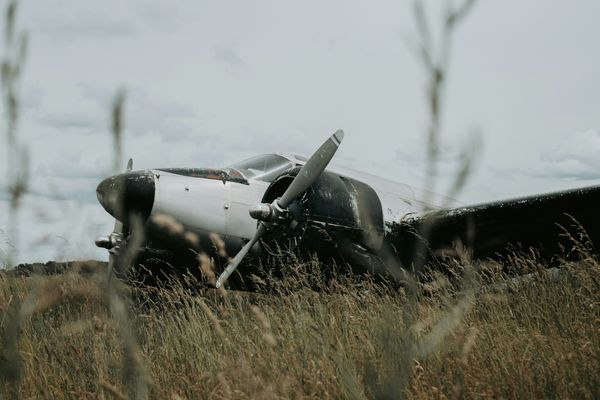
As I sat with my friend at dusk in his garden, it came to me as a revelation. Perhaps he’d like to see who lived here once we’ve closed the door and gone to bed? So, I set my moth trap, which happened to be in the car and, post-breakfast, we went to meet the locals.
I’ve long likened opening every moth trap to Christmas morning: a moment when you have no idea what joy will be there. Nowadays there is as much fulfilment in seeing first responses from friends as there is in the magic of the insects themselves. I was engrossed by a lozenge of sunlit straw called a delicate (Mythimna vitellina), which is a scarce migrant from continental Europe. How extraordinary, I thought, that it may have been in Belgium or Holland the week before. It’s a journey that vastly expands our idea of what an insect might be.
My friend, however, was more taken with an everyday miracle: the poplar hawk-moth, which is expected in most springtime moth traps. Yet every one is a thing of wonder, with hindwings that look like burgundy-splashed scimitars and a body shaped like a grey-furred corrugated banana. It is, in truth, more extraterrestrial than earthling, and most moth novices respond accordingly.
I logged 34 macro-moth species, which is a fraction of our 880 British list and nothing compared with the wider community of 1,400 micro-moths. The latter are often no more than 5mm in size (and far less inspiring to our gross human senses), but in total our entire moth fauna is at the heart of most British landscapes.
Their four-stage life cycle – egg, caterpillar, pupa, imago – also means that moths are perfect to convey the idea that nature is essentially a fabric of complex interrelationships. The living world cannot be understood only as a collection of separate “things” – birds, plants, moths and so on; it is an indivisible whole.
So, a few days later at the South Downs food and nature festival at Westerlands, West Sussex, my moth trap was a perfect prop to celebrate the 14 bat species living at this nature-friendly farm. Think of bats, I suggested, as little more than moths further along the living web.
• Under the Changing Skies: The Best of the Guardian’s Country Diary, 2018-2024 is published by Guardian Faber; order at guardianbookshop.com and get a 15% discount







